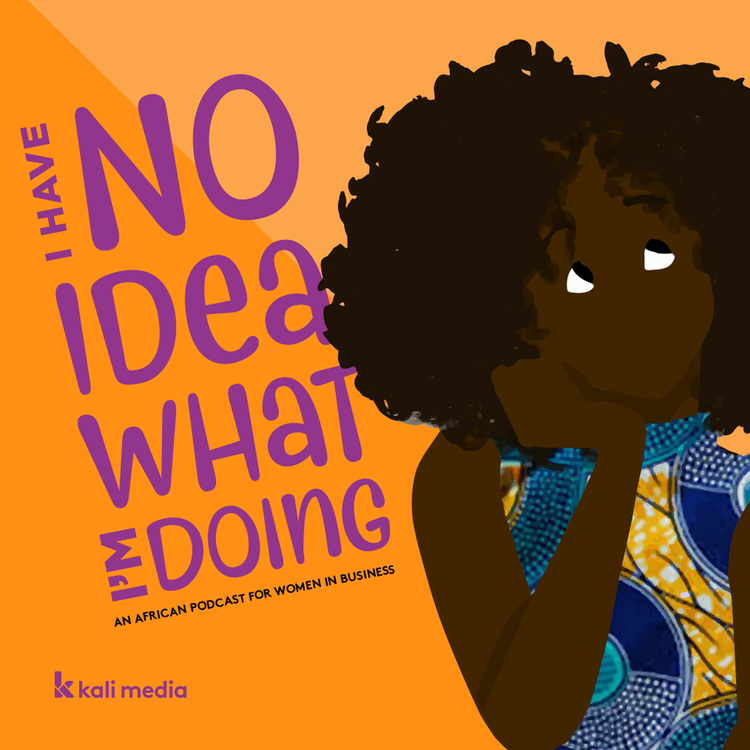The Kenyan Taxpayer Cannot Afford An Airline
Over the last two years, Kenya Airways (KQ) has experienced huge losses that are said to have been caused by growing competition, poor fuel hedging contracts, poor management, reduced travel due to Ebola in West Africa and terrorism threats in Kenya. In 2015, the government loaned KQ Shs 4.2 billion which barely made a dent in the airline’s cash hole, and treasury is now looking at a further bailout of Ksh 60 billion, which is conditional on KQ making certain operational changes.
By continuing to rescue the airline that carries the “Pride Of Africa” tag, is the government losing sight of its main raison d’etre, which is public service provision? Studying each of the factor causing the headwinds facing the company, it is clear that none will be fixed by a government bailout, because it is a combination of bad luck, inevitable competition and poor management.
Tough questions need to be answered before pumping more taxpayer money into Kenya Airways, if at all.
Do we have the ability and knowhow to profitably operate an airline?
In the past, Kenya Airways was profitable mainly because it ruled the African airspace, and at premium prices especially for West African routes. However, those days are long gone. Middle Eastern airlines have been aggressively moving in to exploit the obvious opportunity in growing regional travel. Within Africa, South African Airways has seen the opportunity and now has flights out of Africa that are cheaper than KQ’s. In addition to this, Ethiopia Air has not been shy in its exploitation of KQ’s prime routes, at ridiculously low prices. This is an important point to note, because the numbers are in the cost conscious travel segment that will not mind a longer journey if it costs less.
If the playground were level, we could say that by lowering prices, may be Kenya Airways has a chance. It however is not; Middle Eastern airlines enjoy very low fuel prices and low taxation, while Ethiopia Air has tightly controlled its staff costs with an in-house pilot training school, and by restricting staff unions. Kenya Airways on the other hand has to buy fuel at market rates, and its pilots union has pushed the airline to pay the highest salaries in the region, the carrier’s losses notwithstanding.
Instead of bailing the airline out, may be the government can award tax concessions to KQ to make it more competitive. This would definitely be in line with what governments exist to do; providing a friendly operating environment for businesses.
How much is a national carrier worth to Kenya?
It is hard to deny the emotional attachment to KQ. It feels nice to have an airline that carries the country’s name and identity. In addition to pride, the airline also provides employment to thousands of Kenyans, and revenues to businesses that support it. The argument that it supports our horticulture export industry is neither here nor there, any other airline would step in if KQ was not there.
However, whenever a decision is made to invest finances in one area, a trade off is made in another- a concept economists call “Opportunity Cost”. To lend KQ 60 billion shillings, the government will either have to borrow the money, or forgo investment in service provision. What would 60 billion shillings do in a third world country? It would pay about 8,000 entry-level doctors for 5 years, which is 4 times the total number of doctors serving in public hospitals at the moment according to the doctors’ union. 60 billion shillings would employ about 50,000 entry level primary school teachers and pay them for 5 years, in a country which currently is said to have a shortage of 80,000 teachers.
Basically, whichever area of public service provision you pick, the bailout money has a larger impact on the country, than the impact it will have bailing out the airline.
So as much as Kenya Airways is indeed the pride of Kenya and Africa, the Kenyan taxpayer cannot afford to constantly bail it out. May be it is time to consider a market solution for the airline; an acquisition by another airline being one of the options, with a deal to retain the name and brand.



6 Comments